Human Environment
HUMAN ENVIRONMENT AND SPATIAL RELATIONSHIPS IN AGRICULTURAL PRODUCTION
The Case Study of Sri Lanka and Other Tea Producing Countries
Foreword by Ambassador Harlan Cleveland
World Academy of Art and Science
Practitioners in  the field of economic development are increasingly being aware of the need for interdisciplinary analysis of policy issues. This book is an illustration of an interdisciplinary approach to the study of the century-old tea industry in Sri Lanka.
the field of economic development are increasingly being aware of the need for interdisciplinary analysis of policy issues. This book is an illustration of an interdisciplinary approach to the study of the century-old tea industry in Sri Lanka.
The study skillfully weaves together different dimensions of the inland’s tea industry such as modern land use pattern, human environment, economies of scale, and policy issues such as the trade-off between economic efficiency and social equity. The study adds an important dimension to the olicy debate of the relationships between farm size and productivity by including much overlooked environmental factors. This study does beyond the call for a sustainable development strategy by urging for policies that help integrate Sri Lanka’s ethnically diverse population. At the same time, this study also addresses important meso-economic issues such as land segmentation, crop diversification, and issues of privatization.
In many ways, the tea industry in Sri Lanka is an integral part of global economic restructuring that is occurring, thus making it is a worthwhile focus and deserving of scholarly attention.
 Ambassador Harlan Cleveland
Ambassador Harlan Cleveland
Professor Emeritus and President
World Academy of Art and Science
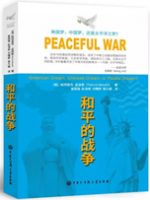
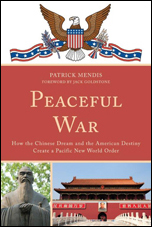 Peaceful War
Peaceful War
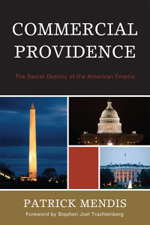 Commercial Providence
Commercial Providence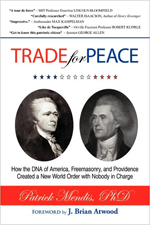 Trade for Peace
Trade for Peace
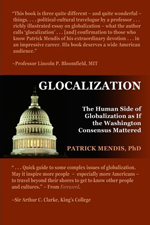 Glocalization
Glocalization